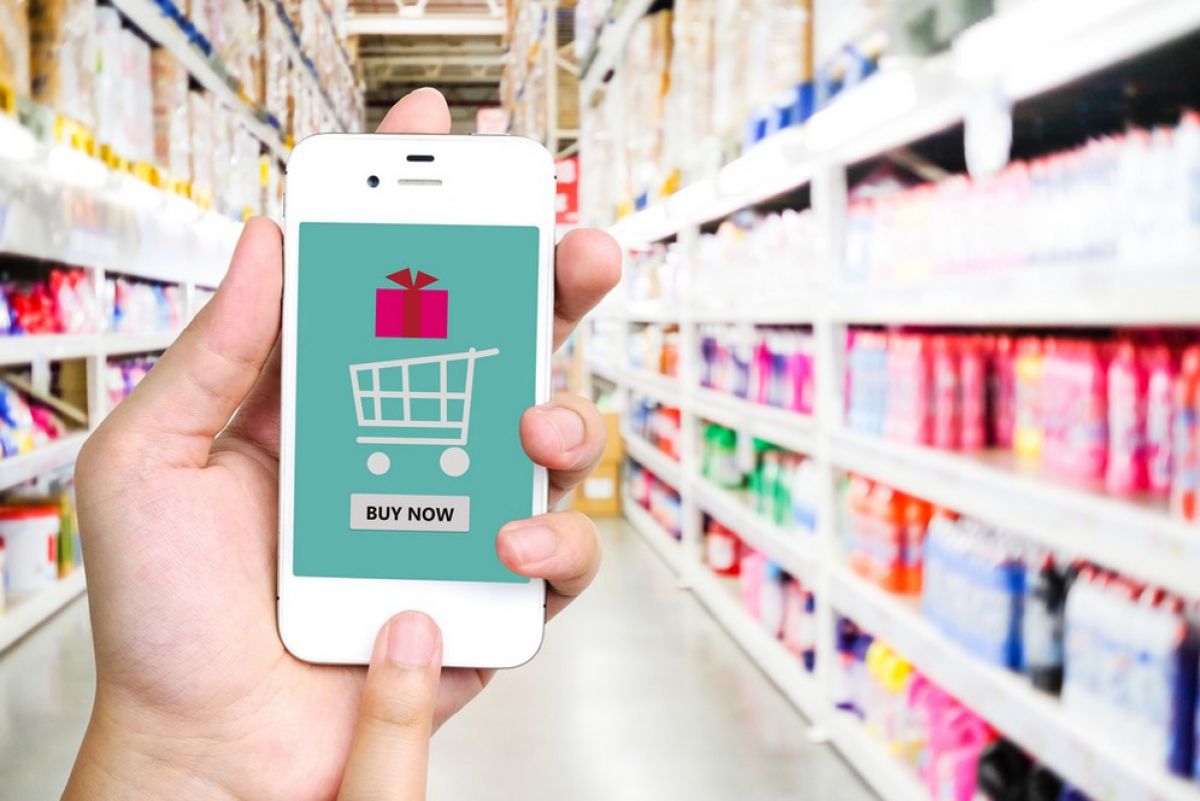vdrsoftwareonline – In recent years, mobile commerce, or M-commerce, has emerged as a significant driver of the retail industry, reshaping how consumers shop and interact with brands. With the widespread adoption of smartphones and advancements in mobile technology, businesses are leveraging M-commerce to enhance customer experiences, streamline purchasing processes, and ultimately increase sales. This article delves into the trends, benefits, challenges, and future outlook of M-commerce.
What is Mobile Commerce?
Mobile commerce refers to any transaction conducted via a mobile device, including smartphones and tablets. This encompasses various activities, such as browsing products, making purchases, and accessing mobile payment options. M-commerce can take place through mobile-optimized websites, dedicated shopping apps, and social media platforms.
Trends Driving M-Commerce
- Increasing Smartphone Penetration: With over 6 billion smartphone users globally, the accessibility of mobile devices has made shopping on the go a norm rather than an exception.
- Mobile Payment Solutions: Innovations in mobile payment technologies, like Apple Pay, Google Wallet, and QR code payments, have simplified transactions and improved security, making consumers more comfortable with purchasing via mobile.
- App-Based Shopping: Retailers are investing in mobile applications that offer seamless shopping experiences, personalized recommendations, and exclusive deals, driving customer loyalty and engagement.
- Social Commerce: Platforms like Instagram and TikTok are integrating shopping features that allow users to purchase products directly through their feeds, merging social media with commerce.
- Enhanced User Experience: Mobile sites and apps are increasingly designed for user-friendliness, with intuitive interfaces, fast loading times, and easy navigation that cater to the on-the-go shopper.
Benefits of M-Commerce
- Convenience: M-commerce offers consumers the ability to shop anytime and anywhere, eliminating the need for desktop access and allowing for spontaneous purchases.
- Personalization: Mobile platforms enable retailers to gather data on user preferences and behavior, allowing for tailored marketing strategies that enhance customer experiences.
- Loyalty Programs: Many retailers use mobile apps to implement loyalty programs, rewarding customers for their purchases and encouraging repeat business.
- Enhanced Customer Engagement: Mobile commerce provides opportunities for brands to engage with customers through push notifications, promotions, and interactive features.
Challenges Facing M-Commerce
- Security Concerns: Despite advancements in mobile payment technologies, consumers remain wary of security risks associated with sharing personal and financial information online.
- Fragmented User Experience: Variations in device capabilities, operating systems, and screen sizes can lead to inconsistencies in user experience, making it essential for retailers to optimize their platforms.
- Competition: With the low barrier to entry for M-commerce, businesses face intense competition, necessitating innovative strategies to stand out in the crowded market.
- Technological Barriers: Not all retailers have the resources to develop sophisticated mobile apps or websites, which can hinder their ability to compete effectively.
The Future of M-Commerce
As technology continues to evolve, the future of M-commerce looks promising. Key developments on the horizon include:
- AI and Machine Learning: Retailers will increasingly utilize AI-driven analytics to better understand consumer behavior and preferences, enabling hyper-personalized shopping experiences.
- 5G Technology: The rollout of 5G networks will enhance mobile internet speeds and reliability, facilitating richer, more interactive shopping experiences.
- Voice Shopping: As smart speakers become more prevalent, voice-activated shopping will likely grow, providing consumers with a hands-free purchasing option.
- Augmented Reality (AR): AR will play a crucial role in M-commerce by allowing customers to visualize products in their environment before making a purchase, reducing returns and enhancing satisfaction.
Conclusion
Mobile commerce is revolutionizing the retail landscape, providing consumers with unparalleled convenience and engagement opportunities. As businesses continue to adapt to this shift, embracing innovative technologies and strategies will be crucial for success in an increasingly mobile-driven marketplace. Retailers that prioritize M-commerce are not only meeting consumer expectations but also positioning themselves for future growth in an ever-evolving digital economy.





